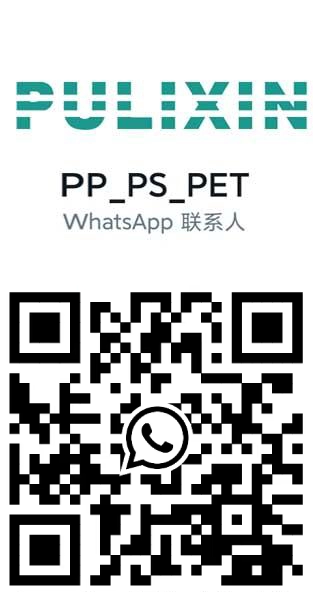What kind of blister sheet should I choose to make disposable cup lids?
When selecting blister sheet for disposable cup lids, a number of factors must be considered, including the material’s properties, suitability for thermoforming, cost-effectiveness and compliance with food safety standards. The following are the main materials commonly used for disposable cup lids and their properties:
1. Polyethylene terephthalate (PET)
Feature:
Clarity and Transparency: Perfect for showing the contents of the cup.
Strength and Durability: Good impact resistance, can withstand handling without cracking.
Barrier properties: Provides good moisture and gas barrier.
Recyclability: Highly recyclable, making it an environmentally friendly choice.
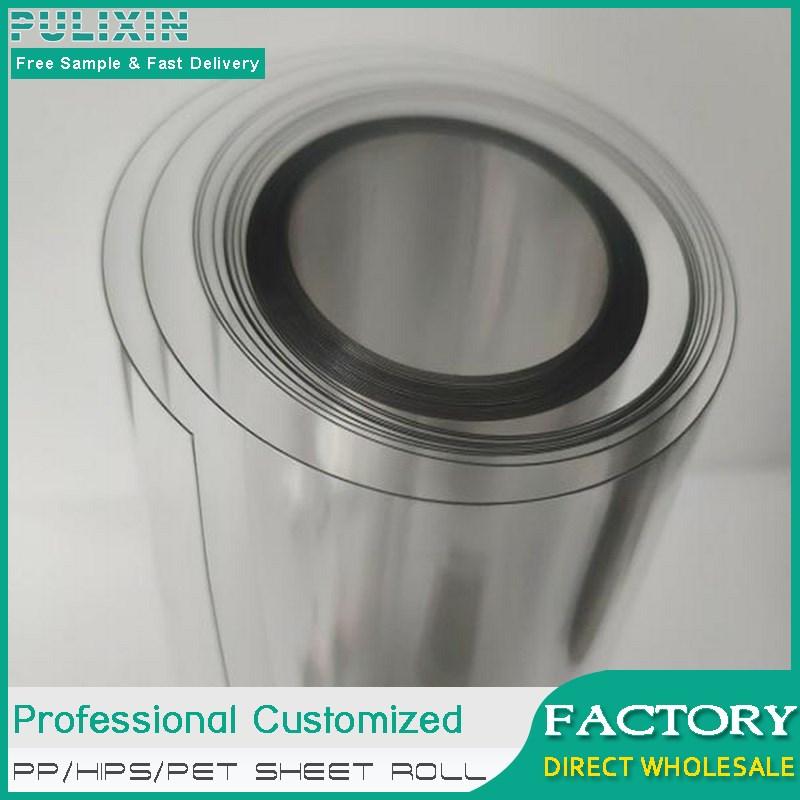
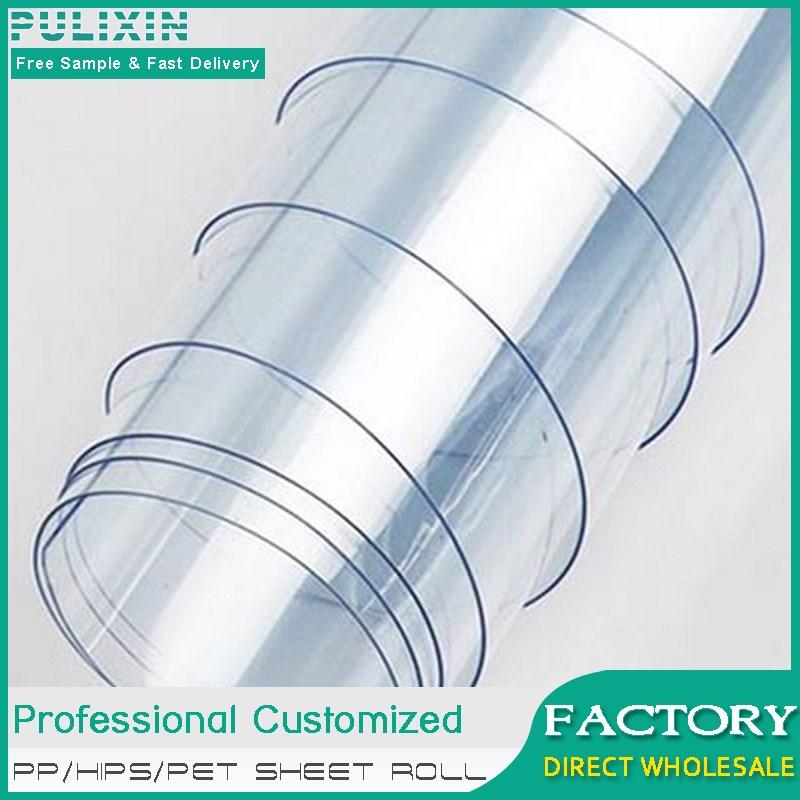
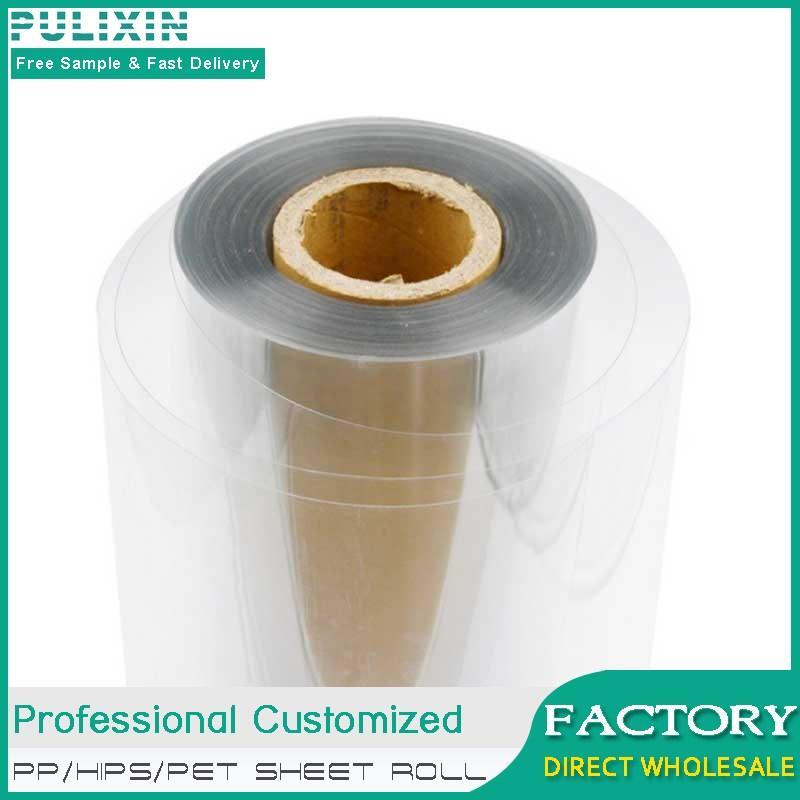
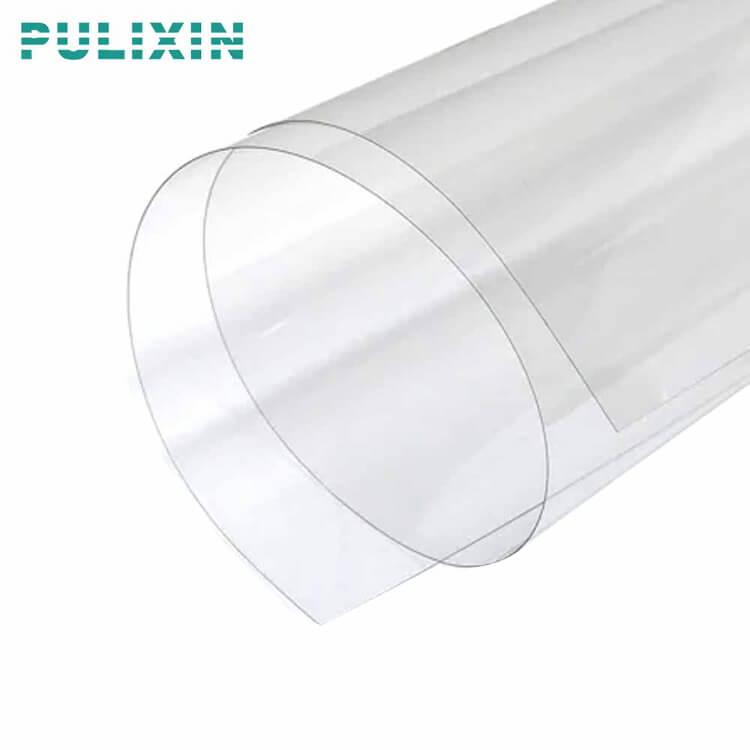
Advantage:
Food Safety: Complies with food contact regulations.
Thermoformability: Easily thermoformed into complex shapes, suitable for lids with features such as straw slots.
Cost-Effectiveness: Typically affordable and widely available.
Best for: Applications where clarity is critical and a high-quality appearance is required.
2. Polypropylene (PP)
Feature:
Heat resistance: Compared with PET, it has higher heat resistance and is suitable for hot drinks.
Durability: Good impact resistance and flexibility.
Chemical Resistance: Resistant to fats and oils.
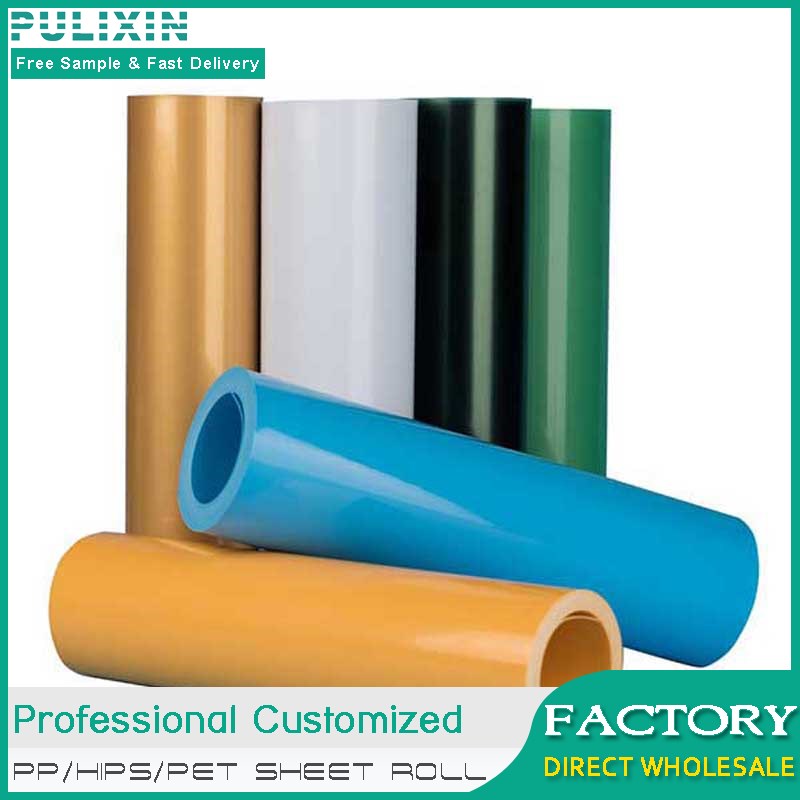
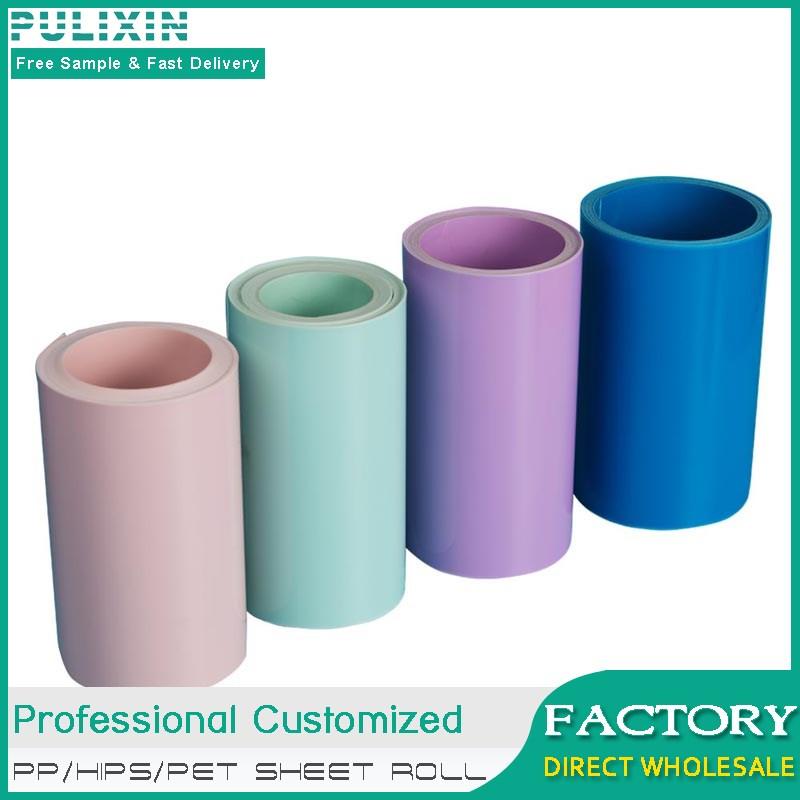
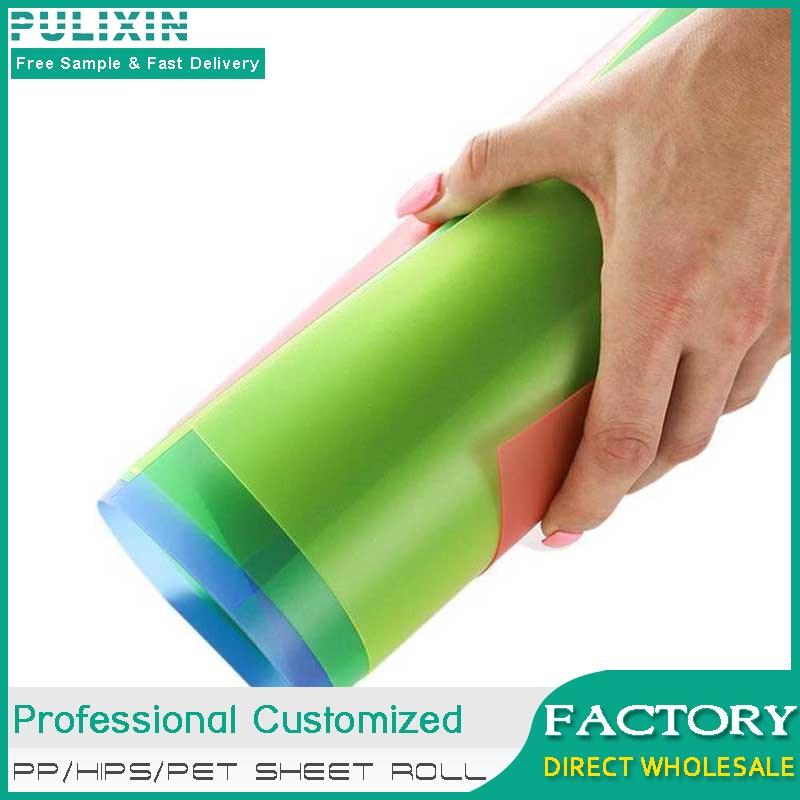
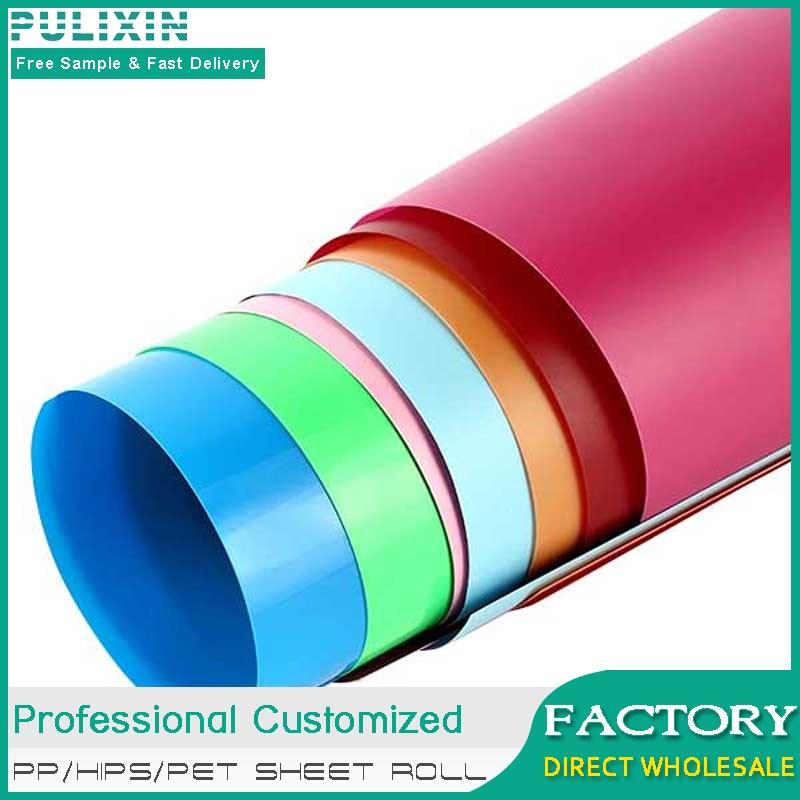
Advantage:
Food Safety: Safe for food contact and withstands higher temperatures.
Lightweight: lower density than PET, reducing material costs.
Thermoformability: Easily molded into a variety of lid designs.
Best for: Use on hot beverage lids due to their heat resistance.
3. Polystyrene (PS)
Feature:
Transparency: Highly transparent products can be produced, but are generally not as transparent as PET.
Rigidity: More rigid than PP.
It has good thermal insulation and can be used to hold hot drinks.
Printable graphics and text.
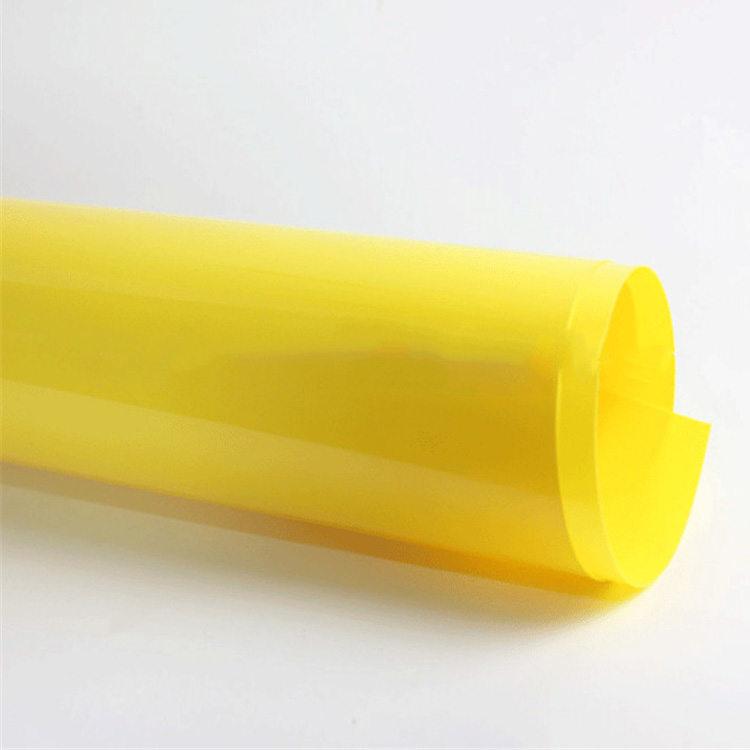
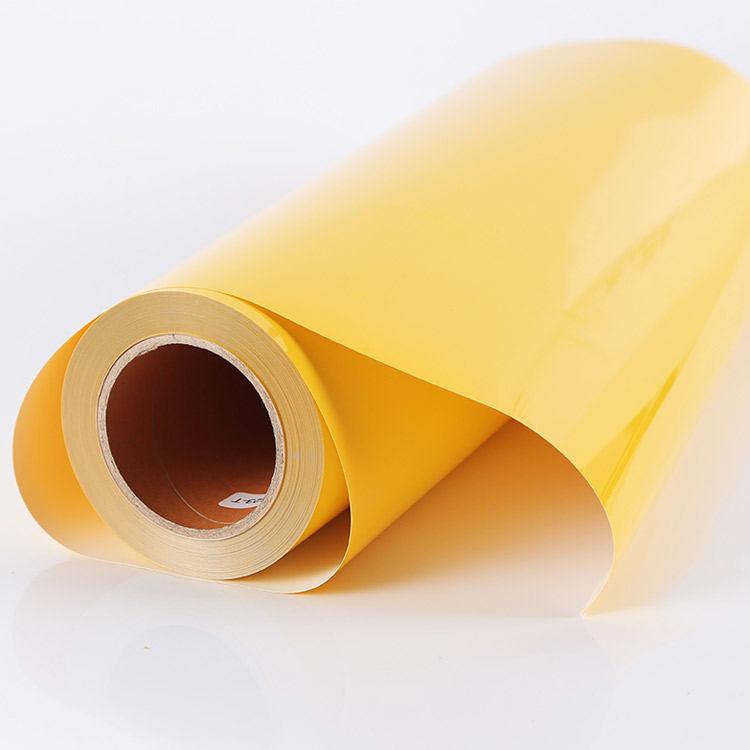
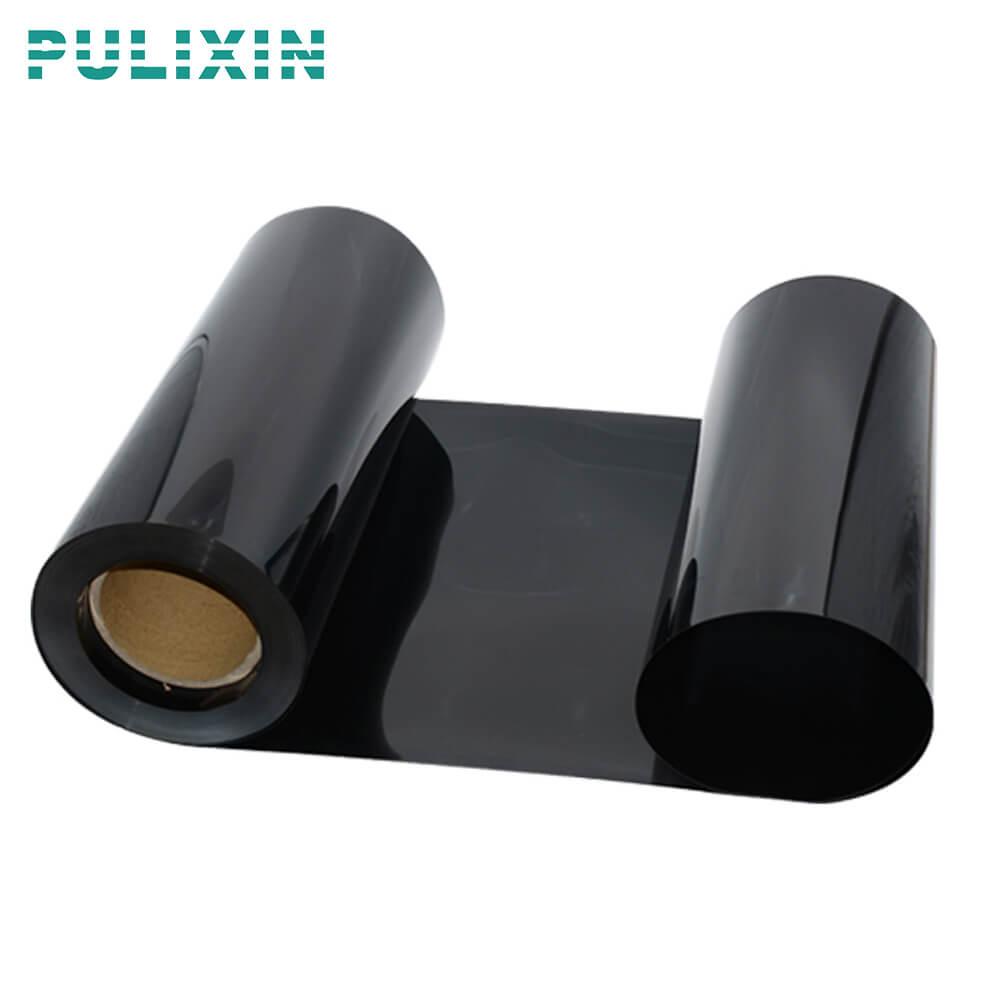
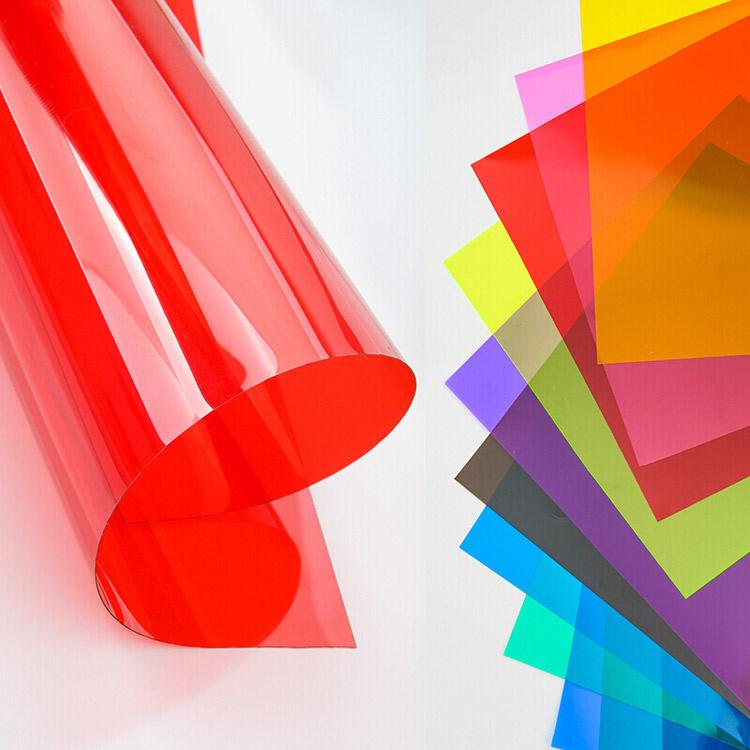
Advantage:
Cost-Effectiveness: Typically cheaper than PET and PP.
Thermoformability: suitable for simple lid designs.
Shortcoming:
Brittleness: Can be brittle and more prone to cracking, especially in cold temperatures.
Best for: Economical option where high impact resistance is not important.
How to choose the appropriate blister sheet to make cup lids?
For making disposable cup lids, PP (polypropylene) is often the best choice due to its overall properties, especially if the lid is used for hot beverages.
Hot drinks: PP sheet was chosen for its excellent heat resistance and durability.
Cold drinks: PET sheet is an excellent choice due to its clarity and good barrier properties.
Cost-effective solution: PS sheets can be used in economical, non-premium applications, but consider the trade-off between brittleness and overall durability.
What should you pay attention to when choosing plastic sheets for cup lids?
Thickness: Make sure the material you choose has the appropriate thickness to provide sufficient rigidity without compromising flexibility.
Seal Compatibility: Verify that the material is compatible with the sealing method used during production (e.g. heat sealing).
Environmental impact: If sustainability is a priority, consider using PET (especially RPET) or biodegradable materials such as PLA (polylactic acid).
Hot products
-
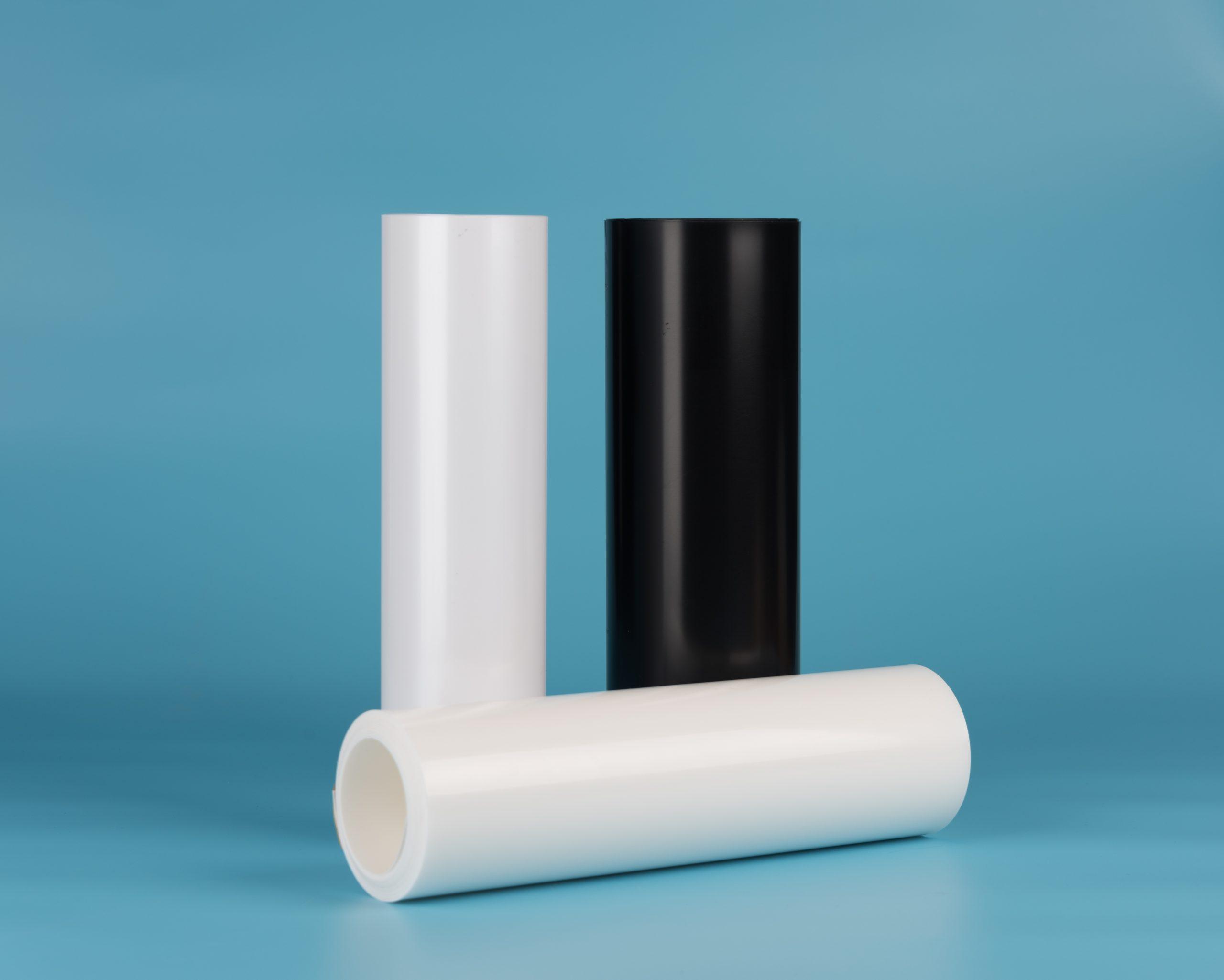
Light-blocking HIPS sheet
-
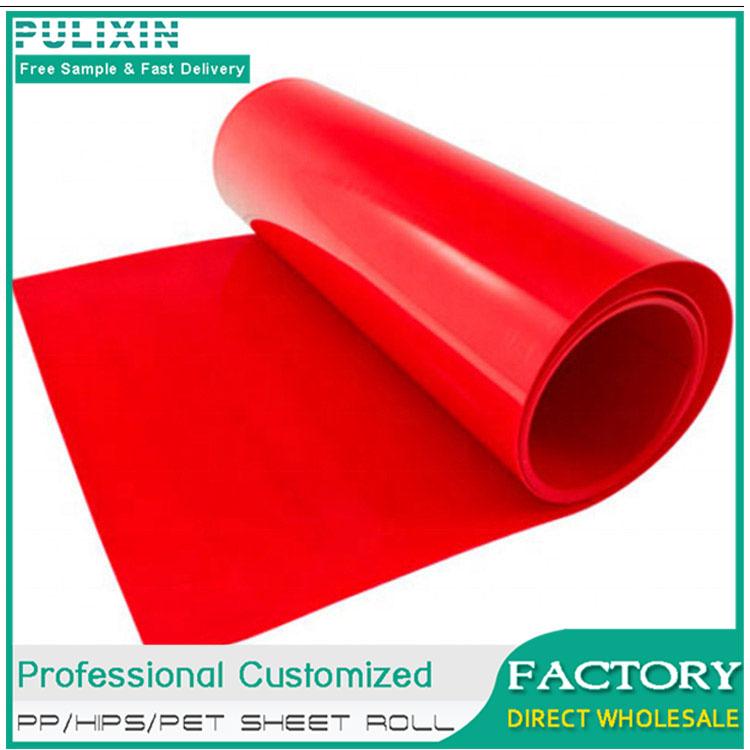
1.2mm red PP plastic sheet
-
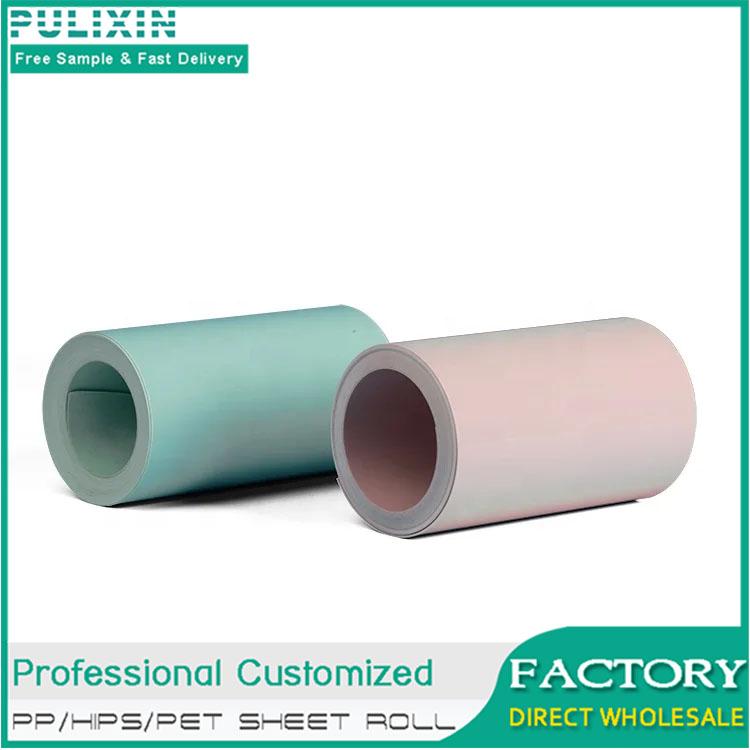
0.8mm HIPS plastic sheet roll
-
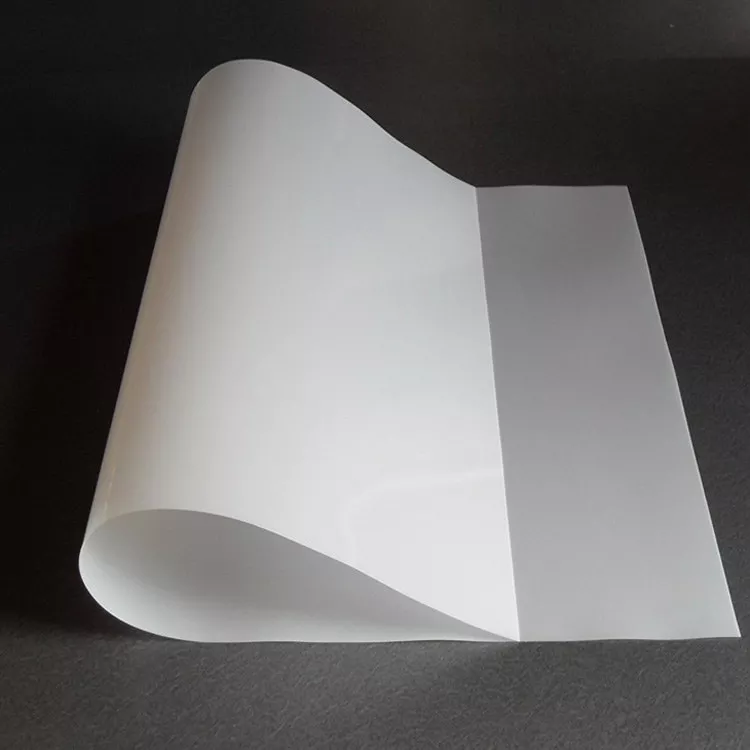
CPET sheet for vacuum forming
-
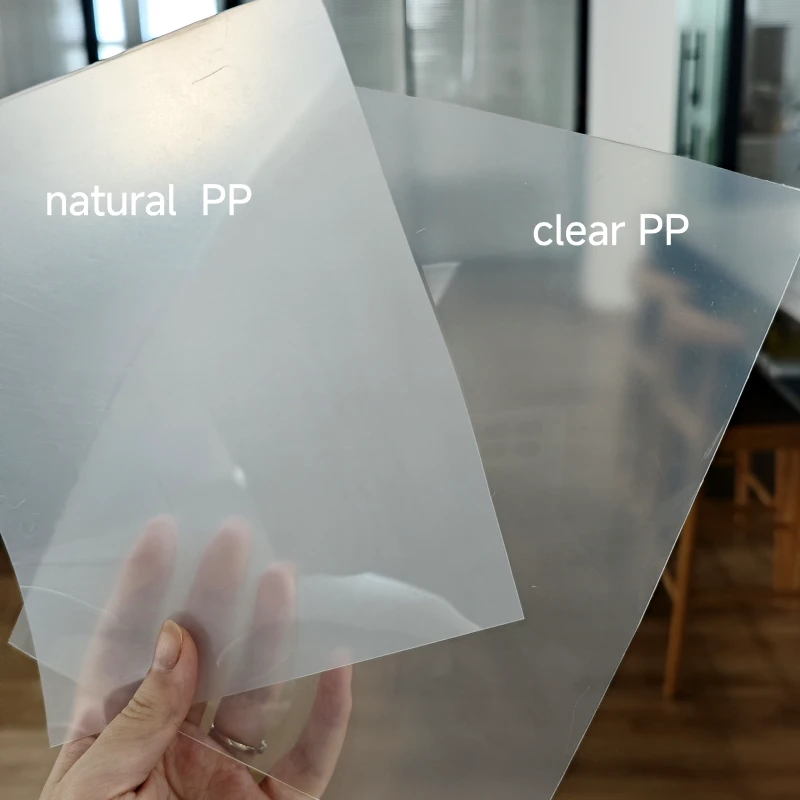
PP sheets for microwaveable food packaging
-

Thermoformed PET Sheets for Pharmaceutical Ampoule Trays
-

0.9mm red PP plastic sheet
-

Clear PP sheet for vacuum forming
Relative News
- PULIXIN sincerely invites you to visit 2025Chinap…
- Today’s shipment – 20 tons of anti-fr…
- Customer Case: Successful Application of Anti-fre…
- How does the impact resistance of HIPS plastic sh…
- How to choose the appropriate HIPS sheet thicknes…
- Application Cases of PS Plastic Sheets in Thermof…
- Today’s shipment: Antistatic PP plastic she…
- Application Case of Antistatic PP Plastic Sheet &…
- Today’s delivery: 20 tons of PET plastic sh…
- White PS plastic sheet thermoformed yogurt cup te…
